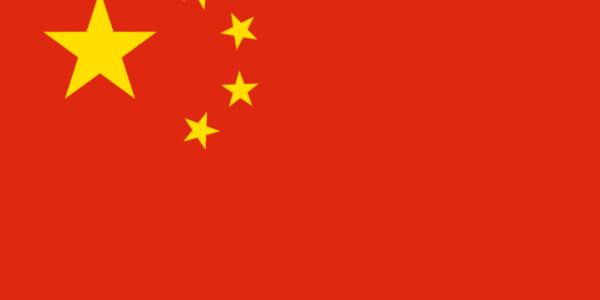China has the highest manufacturing output in the world, and has done for at least a decade. That hasn’t stopped them from increasing output. In fact, Chinese manufacturers pumped out a 7% increase in supply so far this year.
U.S. production, in contrast, is down by 7% since 2007.
According to the Washington Post, China produces far more than its consumers can buy. “Excessive production capacity is a relative concept,” a Chinese Embassy spokesperson told them. “One cannot limit demand to one country or region, but need to see things in the context of economic globalization.”
They rely on exports, in other words, to sop up the extra products. This has worked for them in the past, but there are concerns that it’s not going to be sustainable. Indebted governments are so heavily indebted to China that their ability to pay their debts is uncertain. Building has slowed. The Economist reports that China is hoping to increase local consumption, but government subsidies go to the manufacturers, not the consumers. Consumer confidence in China is very low, and a long history of frugal living combines with financial stress to limit spending for the average person.
Excessive supply
High manufacturing productivity has led to an ability to turn out lots of goods, but the result has been predictable: lower prices. Chinese EV cars sell for $11,000 on average, compared with an average of $53,000 for U.S. and European-made vehicles. However, they aren’t sold in the United States. China has, however, outpaced Japan in the sheer number of cars they export. The Chinese auto industry makes more cars than they can consume locally and relies on exports to keep their factories in business.
Prices of Chinese goods are expected to fall about 3% overall this year, which should help with inflation…even if it threatens U.S. manufacturing. Price-sensitive U.S. consumers may be willing to make up the difference for China if Chinese consumers won’t open their pursestrings. State-run and state-subsidized manufacturing in China make it hard for the U.S. to compete.
